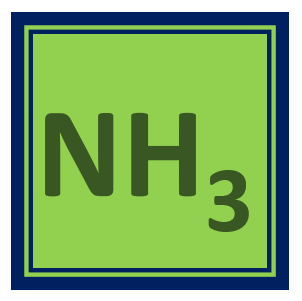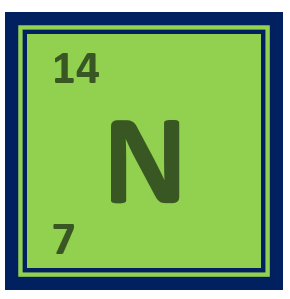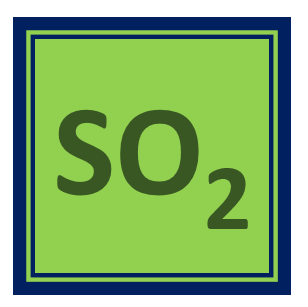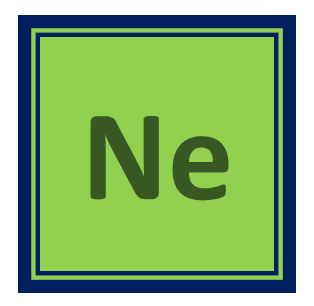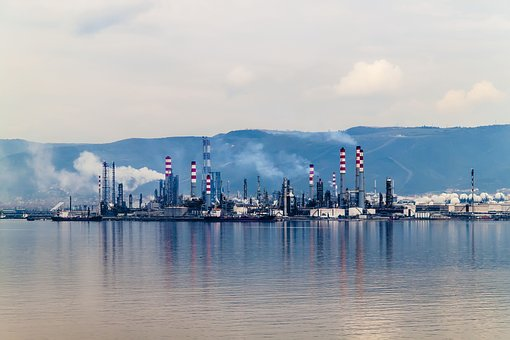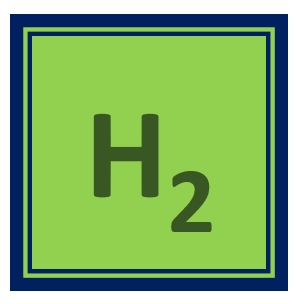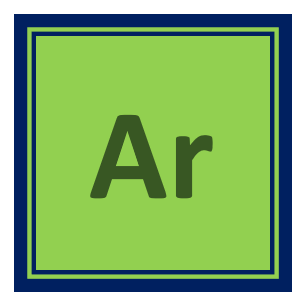Neon (Ne)
Neon is a chemical element – Its symbol is Ne and the atomic number is 10. It is a noble gas and is the fifth most abundant element in the universe. The chemical and physical properties of neon, its valency, electronic configuration, uses, reactions with other elements, and industrial and medical applications are discussed below. […]
Read More
